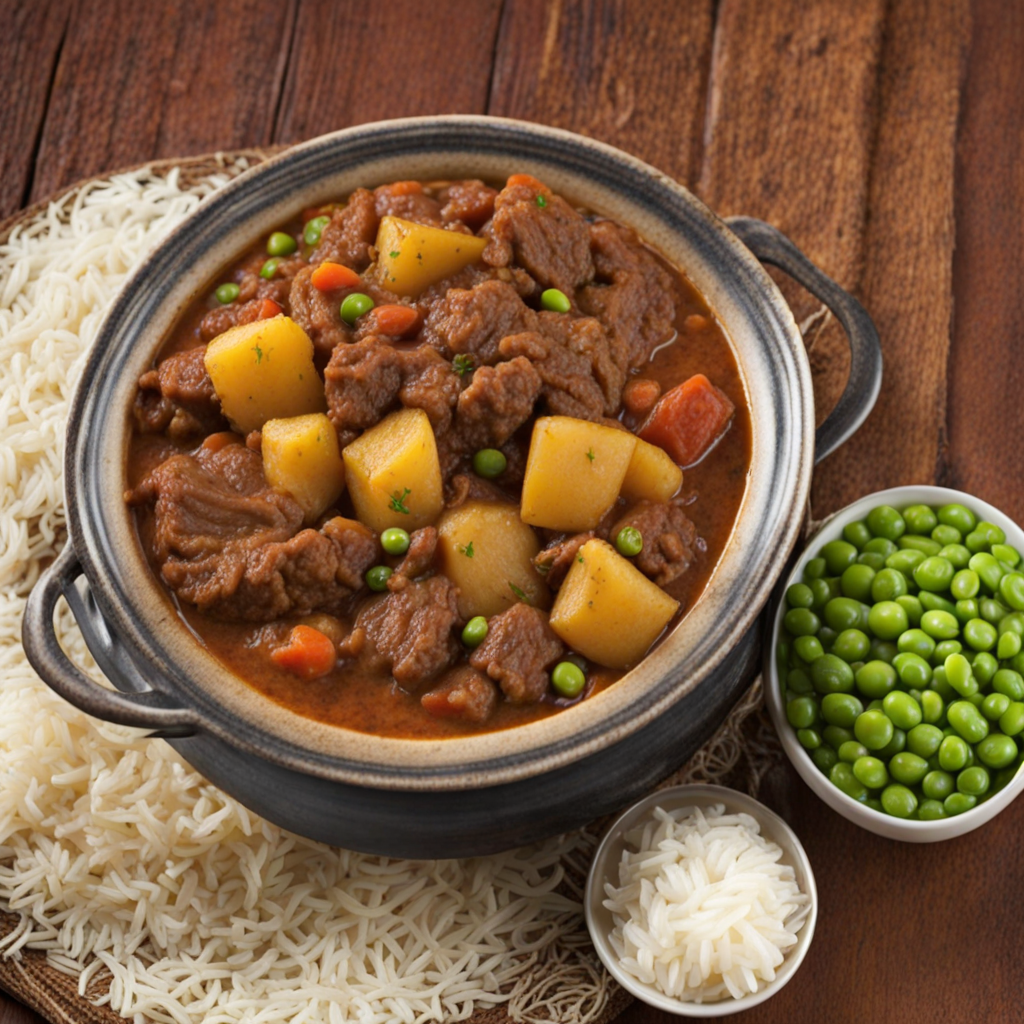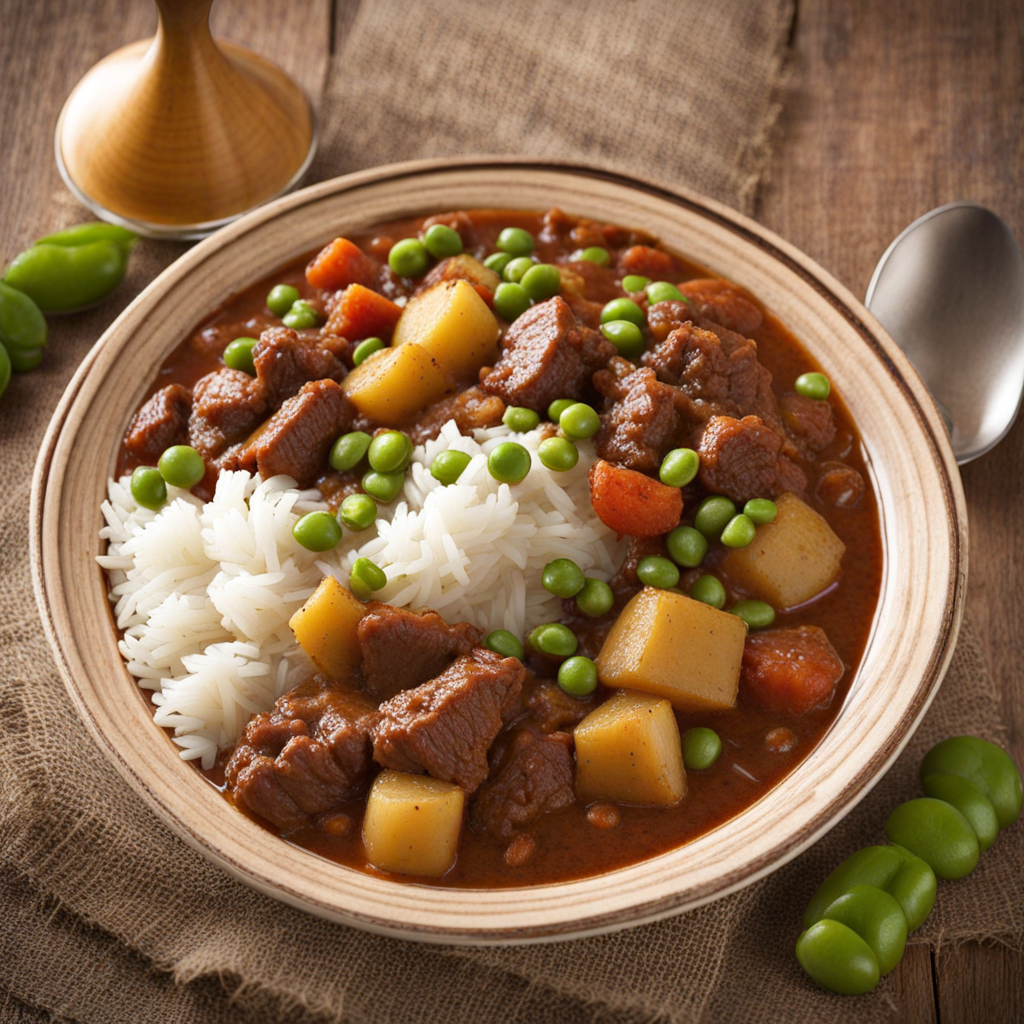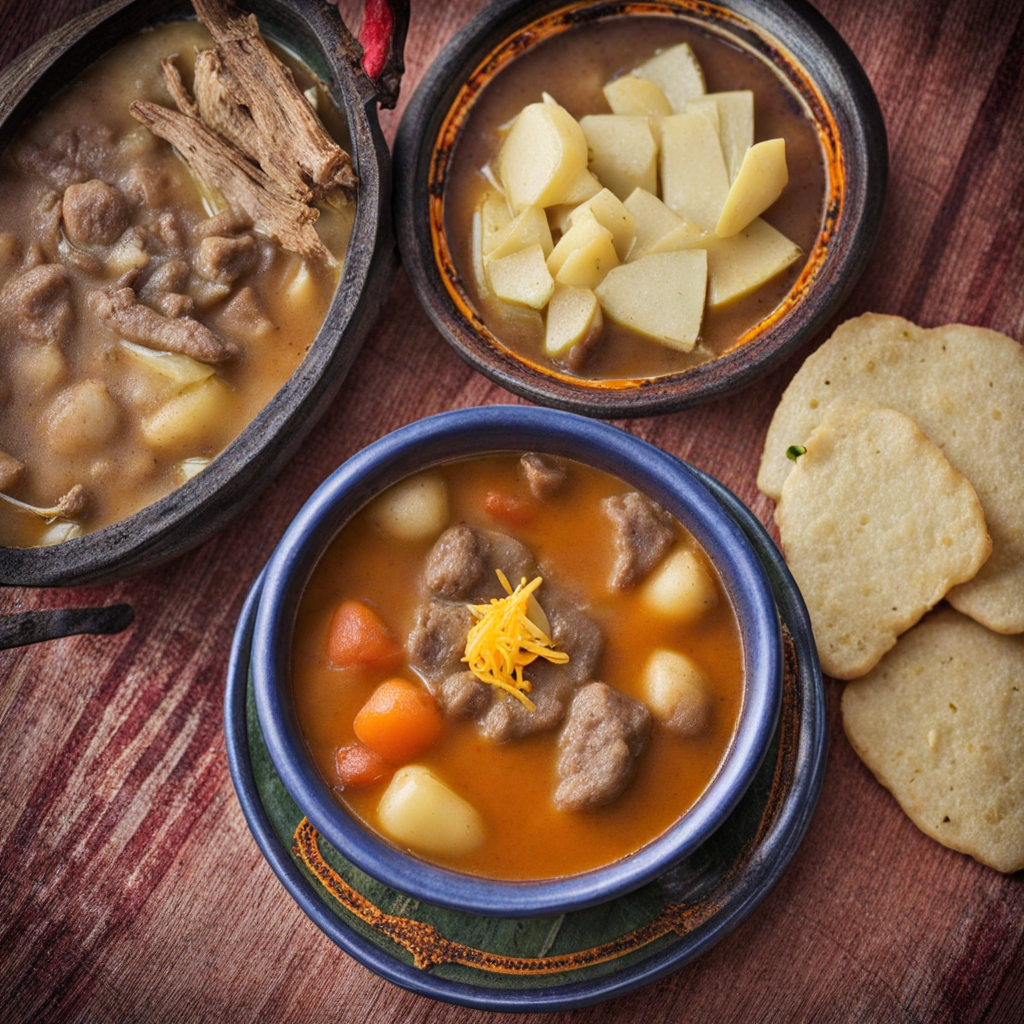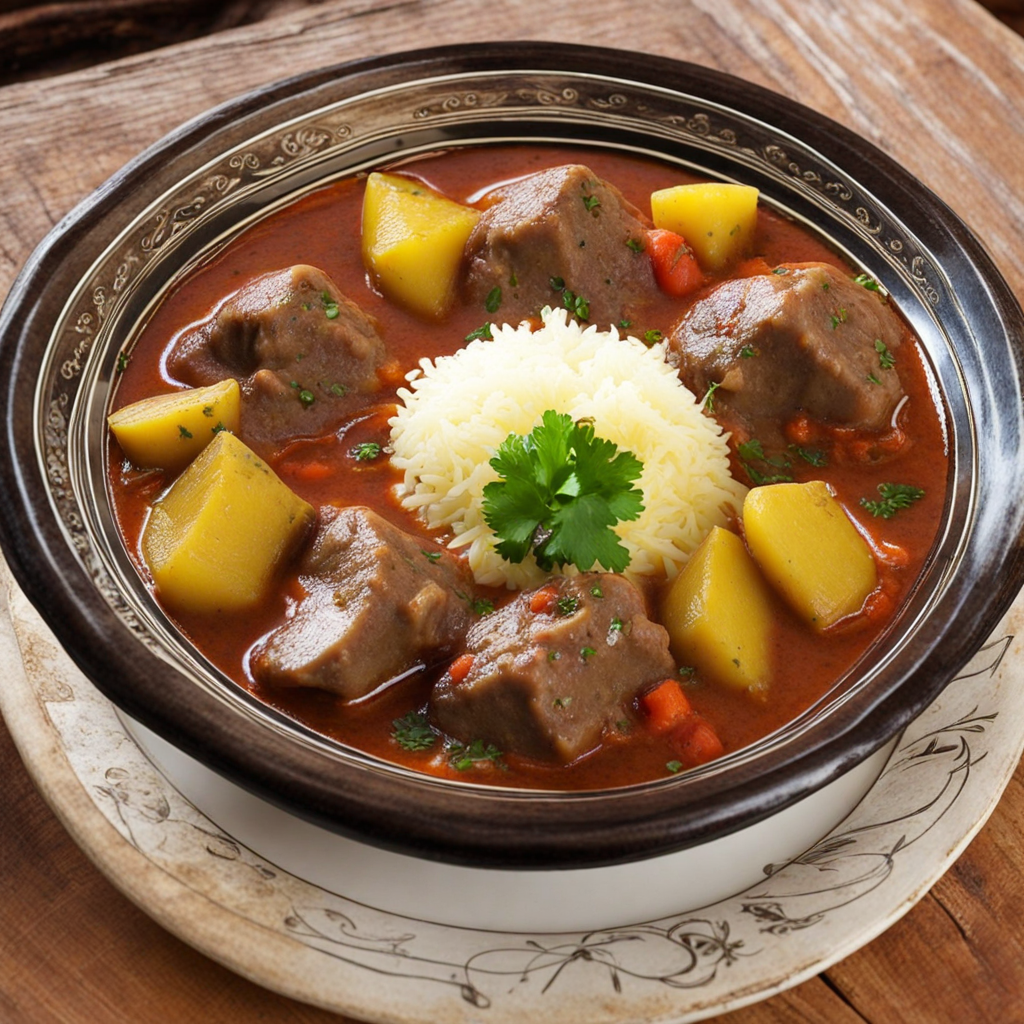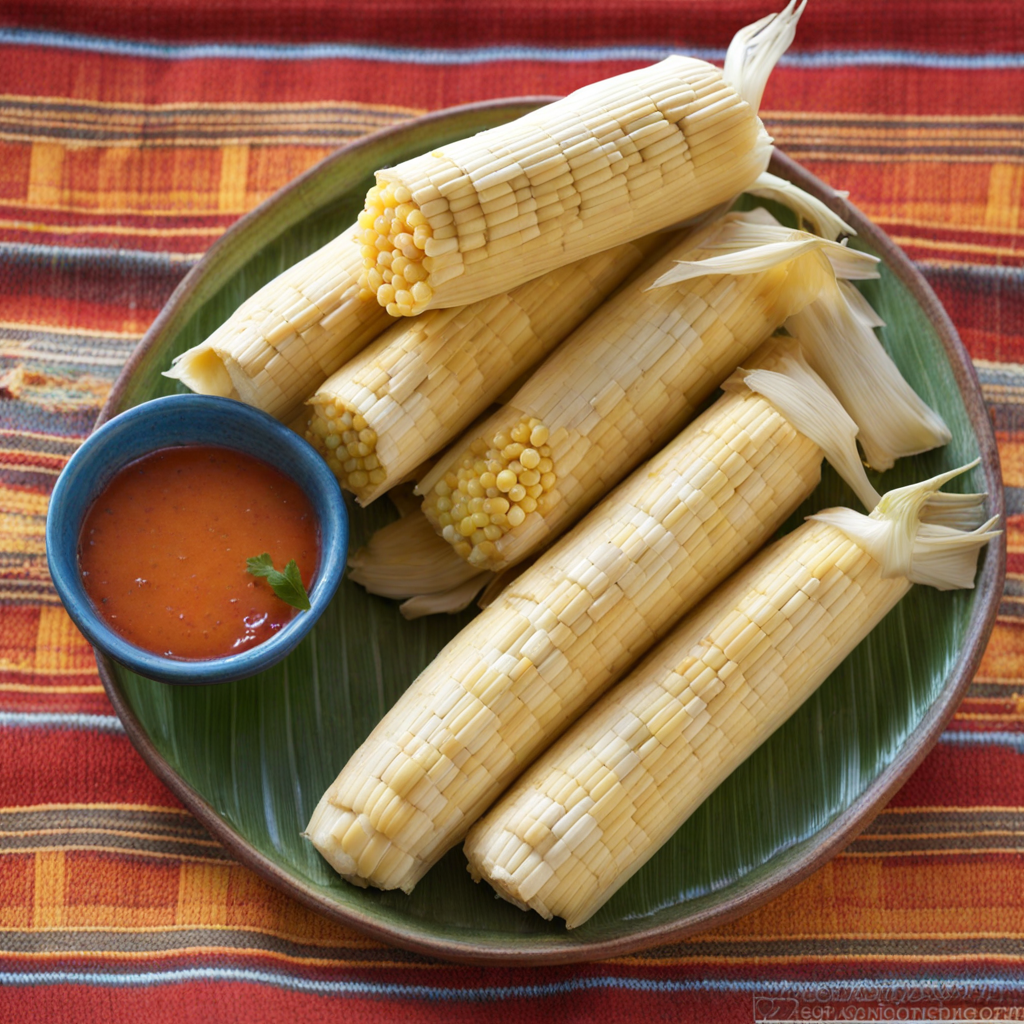Saice
Saice is a traditional Bolivian dish that showcases the rich flavors and culinary heritage of the Andean region. This hearty stew is primarily made with tender pieces of beef, which are slow-cooked to perfection, allowing the meat to absorb the robust flavors of its accompanying ingredients. The base of Saice typically consists of a harmonious blend of tomatoes, onions, and a variety of spices, such as cumin and paprika, which lend a warm, aromatic essence to the dish. The vibrant colors and inviting aromas make it an enticing option for anyone looking to explore Bolivian cuisine. In addition to the succulent beef, Saice is often enriched with vegetables like carrots and potatoes, adding both texture and nutritional value. The inclusion of traditional Bolivian ingredients, such as aji amarillo (yellow chili pepper), provides a gentle heat that elevates the stew without overwhelming the palate. The dish is usually served with a side of rice or potatoes, allowing diners to soak up the flavorful sauce and enjoy a well-rounded meal that is both satisfying and comforting. Saice is more than just a dish; it represents the warmth and hospitality of Bolivian culture. It is often prepared for family gatherings and festive occasions, making it a beloved staple in many households. The communal aspect of enjoying Saice together, along with its rich history, makes it a perfect introduction for anyone eager to dive into the diverse flavors of Bolivian gastronomy. Each bite tells a story, inviting you to savor the essence of a country celebrated for its culinary traditions.
How It Became This Dish
The Flavorful Journey of Saice: A Bolivian Culinary Treasure #### Origins of Saice Saice, a traditional dish from Bolivia, particularly hailing from the central region of the country, embodies the rich tapestry of Bolivian culinary heritage. The roots of Saice can be traced back to the fusion of indigenous ingredients and techniques with influences brought by Spanish colonizers. This dish, primarily made with ground beef, is characterized by its robust flavors and hearty consistency, making it a staple in Bolivian households. Historically, the indigenous Aymara and Quechua peoples had a profound understanding of local agriculture, cultivating staples like potatoes, corn, and various legumes. When the Spanish arrived in the 16th century, they introduced new ingredients such as beef, spices, and cooking methods that would eventually meld with indigenous practices. As a result, Saice emerged as a reflection of this cultural exchange, showcasing the adaptability and resilience of Bolivian cuisine. #### The Composition of Saice At its core, Saice is made with ground beef, which is sautéed with onions, garlic, and a medley of spices, including cumin, paprika, and chili. The dish is often enriched with a variety of vegetables, such as carrots and bell peppers, and typically served over rice or alongside potatoes. Some regional variations may incorporate unique ingredients, such as olives or hard-boiled eggs, further enhancing its flavor and texture. The dish's vibrant colors and aromatic spices make Saice not just a meal but an experience. It reflects the agricultural bounty of Bolivia, where diverse climates allow for a variety of crops to thrive. The use of local ingredients, such as fresh herbs and native vegetables, highlights the connection between the land and its people. #### Cultural Significance Saice holds a special place in Bolivian culture, often associated with family gatherings, celebrations, and communal feasts. In a country where food is a central aspect of social life, Saice serves as a symbol of hospitality and warmth. It is common for families to prepare this dish during special occasions, such as birthdays, holidays, and regional festivals. Moreover, Saice has become a cultural ambassador for Bolivia, showcasing the country's diverse culinary landscape to the world. Chefs and food enthusiasts alike are drawn to this hearty dish, where the interplay of flavors tells a story of tradition and innovation. In recent years, Bolivian cuisine, including Saice, has gained recognition on international platforms, contributing to a growing interest in the country's rich gastronomic narrative. #### Evolution Over Time As Bolivia navigated through the 19th and 20th centuries, the development of Saice mirrored the country's socio-economic changes. Urbanization brought about shifts in culinary practices, with more people moving to cities and adopting new lifestyles. This shift led to the popularization of Saice in urban centers like La Paz, where it became a common lunch option for workers and students alike. Street vendors and local eateries began to offer Saice, making it accessible to a wider audience. This accessibility not only solidified Saice's place in everyday Bolivian life but also allowed for regional interpretations of the dish. Each area introduced its own twist, incorporating local ingredients and flavors, thus enriching the dish's legacy. For example, in the valleys of Cochabamba, Saice might be prepared with more spices, while in the highlands, it may be served with a side of traditional Andean potatoes. In contemporary Bolivia, Saice has found its way into restaurants that aim to preserve traditional recipes while also experimenting with modern culinary techniques. Chefs have started to elevate Saice by pairing it with gourmet ingredients, presenting it in a more refined manner, and even incorporating fusion elements with international cuisines. This evolution demonstrates how Saice remains relevant and adaptable in the ever-changing culinary landscape of Bolivia. #### Regional Variations and Influence As with many traditional dishes, Saice boasts a range of regional variations that reflect the local culture and available ingredients. In the Tarija region, for instance, Saice may incorporate local wines, adding a unique depth to the dish. Meanwhile, the Potosí region, known for its rich agricultural heritage, often includes more indigenous ingredients, such as quinoa, to create a heartier version. Furthermore, the culinary influences of neighboring countries like Peru and Argentina have also shaped the preparation and presentation of Saice. The blending of flavors across borders is a testament to the interconnectedness of South American cuisine, where traditional dishes often share common roots and adaptations. This cross-cultural exchange enriches the dining experience, allowing diners to appreciate the diverse flavors that characterize the Andean region. #### Saice in the Modern Era Today, as Bolivian cuisine garners increasing attention on the global stage, Saice continues to be a beloved dish among locals and visitors alike. Food festivals celebrating Bolivian gastronomy often feature Saice as a highlight, showcasing its historical significance and culinary appeal. In addition, cooking classes and food tours in Bolivia frequently include Saice as a hands-on experience, allowing participants to engage with the culture through food. Social media has also played a role in promoting Saice, with food bloggers and influencers sharing their interpretations and experiences. This digital presence has sparked renewed interest in traditional Bolivian dishes, encouraging a younger generation to explore their culinary heritage. As a result, Saice is not only a dish of the past but a vibrant part of Bolivia's future culinary landscape. #### Conclusion Saice is more than just a meal; it is a celebration of Bolivia's rich history, cultural diversity, and agricultural bounty. From its indigenous roots to its evolution through Spanish influence and modern interpretations, Saice tells the story of a nation that embraces its culinary traditions while adapting to the changing world around it. As Bolivia continues to gain recognition for its unique gastronomy, Saice stands as a symbol of national pride and a testament to the power of food in connecting people across generations and cultures. Whether enjoyed in a bustling city or a quiet home, Saice remains a cherished dish that resonates with the heart and soul of Bolivia.
You may like
Discover local flavors from Bolivia


